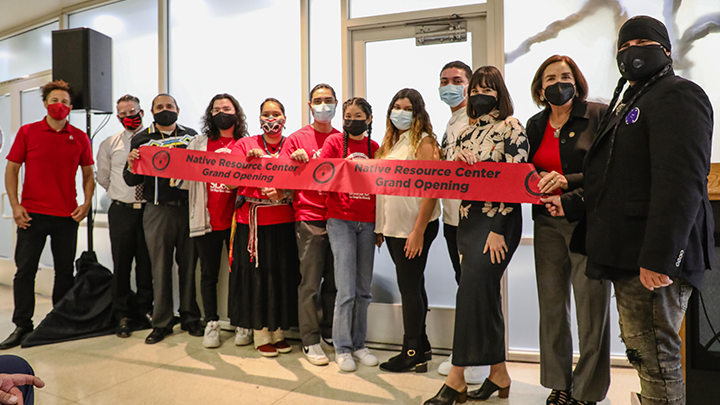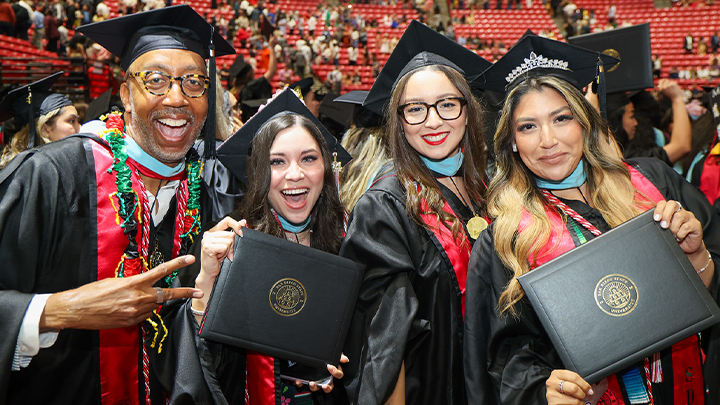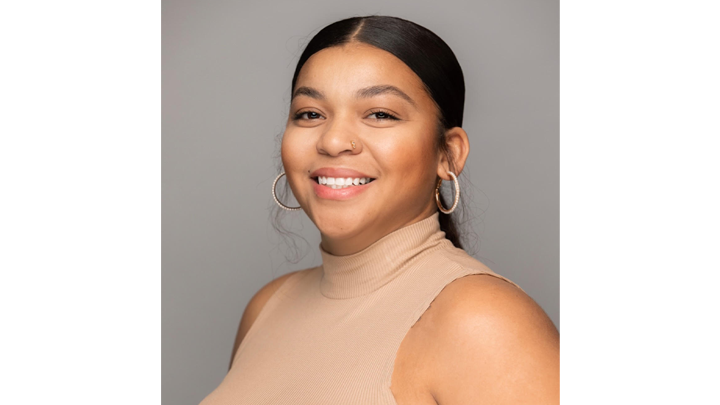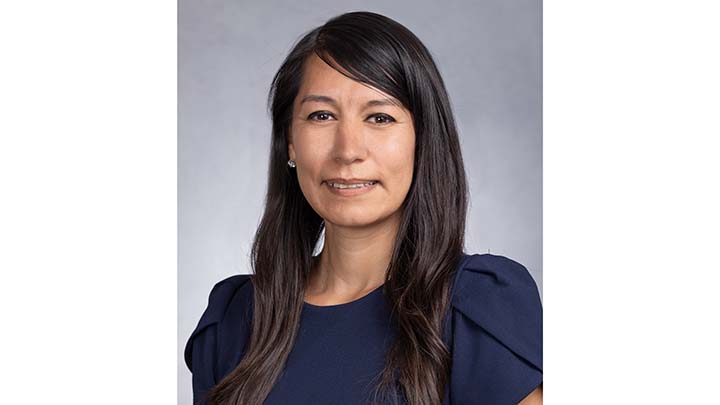Strategic Plan Success: Activities result in new centers, resources for students
Since the launch of the strategic plan, many new student centers, scholarships, basic needs efforts and other services have been introduced at SDSU and SDSU Imperial Valley to aid undergraduate and graduate students.

One of the five major priorities of the We Rise We Defy: Transcending Borders, Transforming Lives strategic plan charged the university community with providing new, transformational experiences for all SDSU students.
“Students at Our Core” prioritized that the university would bolster projects and initiatives to provide an affordable, student-centered, wellness-focused, lifelong educational journey for undergraduate and graduate students.
Since the strategic plan’s launch in 2020, SDSU has growth in both student interest, with more than 110,000 applications in fall 2023, and in national rankings and ratings placing its academic programs among the high performers in the U.S., including international business, entrepreneurship, psychology, the Master of Arts in Teaching and others.
Last year, Forbes magazine ranked SDSU No. 16 in its Top 25 Public Colleges in the U.S., and No. 43 in the annual list of top 500 colleges overall. Also, U.S. News & World Report placed SDSU at No. 51 among public universities under a revised methodology that added weight to first-generation graduation rates and faculty research. In “social mobility,” SDSU was ranked No. 38, up 61 spots from 2022.
“The strategic plan has allowed us to build on an already strong history of our students receiving a high-quality education and graduating not only workforce ready, but competitive in the job market,” said Sonja Pruitt-Lord, interim vice provost.
Also, the Wall Street Journal/College Pulse ranked SDSU No. 11 among U.S. colleges offering the “best value” to graduates in terms of the net price of attending. The university is credited with “how quickly a degree from each college pays for its cost through the salary boost it provides its students.” At the same time, it has bolstered professional development programs and resources through the strategic plan.
Since the strategic plan’s launch, SDSU has seen credible improvements in its student success: for first-time freshmen, the four-year graduation rate is 57.9% and the six-year graduation rate — the university’s highest ever — is nearly 80%.
“Our students are graduating at rates that are far above the national average,” said Stefan Hyman, associate vice president for Enrollment Management.
“We are very close to eliminating the achievement gap, which is something many universities have still struggled to do,” Hyman said. “You cannot achieve this level of student success in isolation. It requires an excellent academic experience coupled with strong levels of support and engagement when students are outside of the classroom.”
To drive student retention, engagement and well-being, SDSU has introduced several resource centers since 2020, to include the Native Resource Center, the Undocumented Resource Center, the Asian Pacific Islander Desi American (APIDA) Center, the Pierce Greek Life Center, the Esports Engagement Center and the Center for Graduate Life and Diversity.
To directly support graduate students, SDSU has introduced numerous programs and initiatives, to include the Center for Graduate Life and Diversity, which connects students to writing consultants, tailored advising, workshops, retreats, professional development opportunities and other programming.
The university also implemented efforts to address graduate students’ housing and financial needs, to include fellowships to aid in research, scholarship or creative activities, as well as graduate housing at Sanctuary Suites. Also to help ensure that graduate students have additional options for health coverage, the university launched the Graduate Student Health Insurance Program (GSHIP), which offers coverage through SDSU’s optional negotiated plan.
And, a new College of Graduate Studies commencement program was introduced specifically for those in advanced degree programs.
Other strategic plan outcomes include the Campus Assistance, Response, Engagement and Support (CARES) Team, a multidisciplinary group of professional staff members who directly support students who are experiencing difficult ties to provide direct support and to connect them with campus or community resources.
The Basic Needs & Wellness Toolkit, a resource to promote and educate students about counseling, economic crisis support and overall wellness, was also launched. And, among many other new projects and efforts, Counseling and Psychological Services also expanded faculty-focused resources, offering consultation to instructors who are responding to student mental health needs in the classroom.
“When we say ‘Students at Our Core’, we embrace it in all aspects of improving the quality of the undergraduate and graduate student educational experience,” said Christy Samarkos, interim vice president for Student Affairs and Campus Diversity.
“By prioritizing student academic performance alongside engagement and comprehensive health and well-being, we are supporting the overall quality of a student’s life,” Samarkos said. “So many of us are deeply motivated to help our students develop new skills, gain resilience and to serve in leadership roles because we know it is not only important for their development today, but for their success in the future.”




